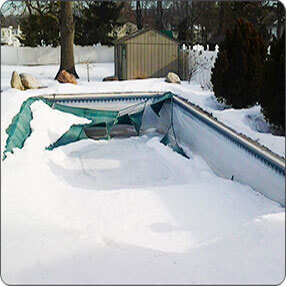
A pool safety cover has longevity, some can last 15 years or more! After last winter however, many pool safety covers were damaged – some repairable and some not.
Eventually, all safety pool covers will fail. Straps begin to tear, stitching frays, wear strips and chafing dangles off the bottom. On mesh safety covers, you’ll begin to notice areas where the colored tapes of the fabric are completely gone, leaving only the black tapes. Threadbare.
And then comes a heavy snowstorm, and wham! – half the cover straps have broken off and the cover is laying in the pool.
If your safety pool cover needs repair – now is the time to figure out if it can be repaired, or if you need to replace the safety cover before fall winterization.
POOL SAFETY COVER REPAIR:
Let’s say that your cover is around 10 years old, and it’s in need of repair. Perhaps some straps are broken, and there may be some small holes. Surely, a few of the springs are broken or misshapen, and several of the deck anchors don’t function like they should.
Ask yourself this question: Is the cover still functional? I mean, is it safe and does it block out debris and sunlight? A few broken straps or missing anchors, and even a few small holes in the cover won’t necessarily affect it’s overall performance.
Repairing a safety pool cover is done by all of the pool cover manufacturers, or there are a few textile sewing companies around the country that also specialize in safety cover repair, such as: Swift River Textiles, Jean’s Canvas and DS Sewing. Or, you may have a local textile shop – specializing in tents, awnings and sails that can handle the job.
DIY Pool Cover Repair: Small patches can be repaired with safety cover patches, which are 3″x9″. If you are handy with an awl, you could make stitching repairs to wear strips, straps and scrim around the edge. Contact the manufacturer for large swatches of material and you can even attempt a panel replacement – difficult without a large sewing machine, but not impossible. You can also replace broken hardware (springs and anchors) yourself.
Professional Pool Cover Repair: To send off for a repair quote, here’s the process.
- Once you submit the RA Form*, you will receive a box (at no charge) to return your current cover for repair or template replacement.
- A prepaid shipping label and an RA (Return Authorization) label to put on the box, and an RA tag to attach your cover.
- The fastest turnaround times in the industry on a great service that is available year-round with no inconvenient deadlines.
That’s a month if you were keeping track! If you want to have your cover repaired and back to you in time to close the pool, now is the time to pull it out, clean it off, remove the springs and get it boxed up!
POOL SAFETY COVER REPLACEMENT:
Replacing your safety cover is another process altogether. The easiest way to do is to contact the dealer that you bought it from originally, and tell them you want a quote for a ‘replacement cover’. They will contact Loop-Loc, Meyco or whichever company, who will pull up your original order and send back a price to recreate a new pool cover, as an exact duplicate of the original.
If your original pool cover did not fit well for some reason, or you wish to design it differently – up-and-over instead of in-the-wall for instance, you’ll need to measure the pool, using an A-B measurement form. But, if an exact duplicate suits you fine, then again the easiest way is to have the same company remake the original design. This can take 3-4 weeks, until you receive a replacement safety cover, so plan early.
If you want to switch safety cover brands, or have no idea what brand your original cover is – all hope is not lost. You’ll just need to measure the pool using A-B measuring form. You’ll also need to plot a point to each existing anchor in the deck, and measure from points A&B to each anchor location around the pool. This will enable them to design the cover to mostly match your existing anchors, although you may need to redrill a few anchors.
Stock Covers: If your pool cover is a ‘stock cover’, that means it’s an in-stock size, on the shelf, ready to ship. Most inground vinyl liner pools use a stock cover, and most plaster rectangles as well. Other pools, with freeform curves, uncommon dimensions or attached spas, are not considered stock covers, but ‘custom covers’. If you bought a stock Loop-Loc cover 15 years ago, for example, you can buy a new stock Loop-Loc of the same size and be confident that it will line up to your existing anchors. Other brands however, may have different strap spacing and not match your anchors exactly.
REINSTALLING A REPAIRED OR REPLACED SAFETY COVER:
Strap Adjustment: Even if you get an exact copy cover, made from the original design, or a new cover designed to match existing anchors, it can take some time to get the springs adjusted to where they were. Put on all the springs loose at first, and then go around the cover a few times, tightening until you have an even overlap all the way around the pool edge. Be aware that all covers have a shallow end and a deep end, and very few covers are symmetrical from end to end. Ideally, safety cover springs should be compressed about 1/3-1/2 of the way, and the cover should be drum tight, without a visible deflection in the center.

Deck Anchors: If you need to redrill some anchors, to line up more closely with the straps or get a better fit, you can rent a hammer drill and a 3/4 in. masonry bit, and drill some holes in the deck. To replace just the anchor, but not drill new holes, you can remove old anchors by using a small hammer and chisel to chip away small amounts of concrete around the top of the anchor. Once loose, you can grab it with strong pliers and pull it out of the concrete. Brass anchors are only held in place around the top 1/8″ of the anchor body.
NOW IS THE TIME! Pull the cover out this weekend, and figure out if you need repair or replacement, or if you’re going to take a chance on getting another year out of it.

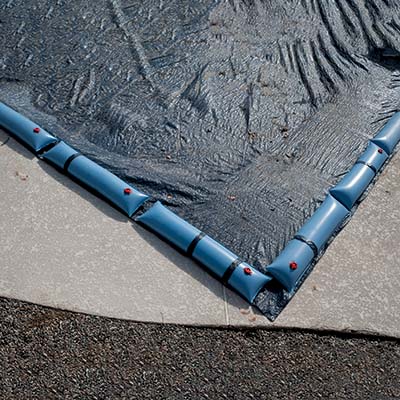
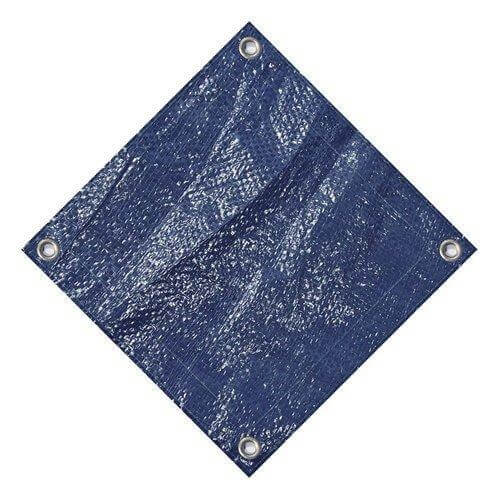
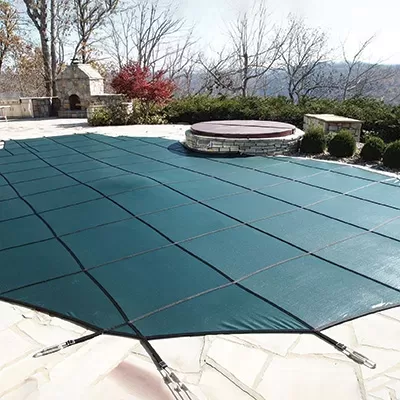


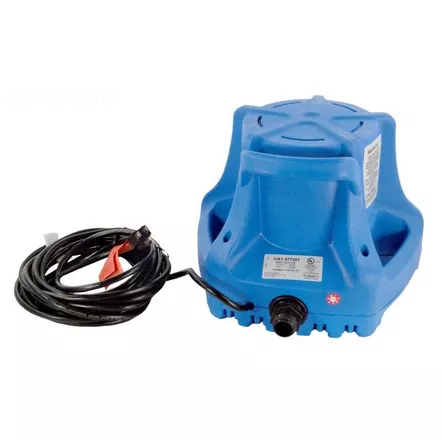

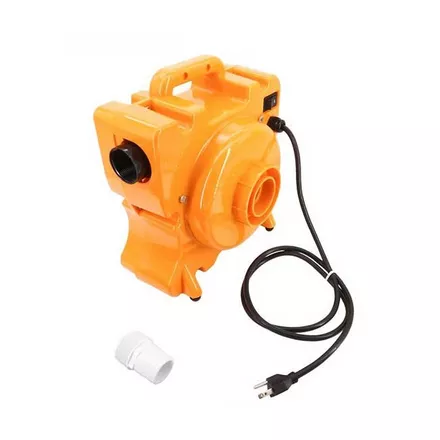
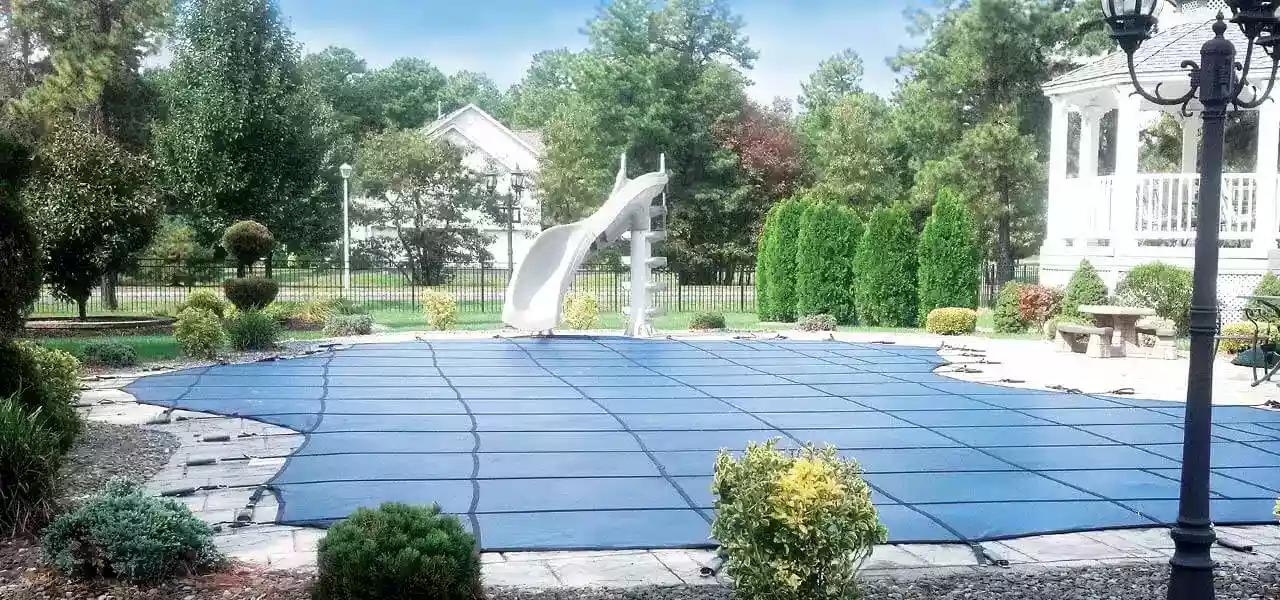
Several anchors are loose. How do you tighten without redrilling hole?
Hi Curtis, sometimes, you can tap them down with a hammer and they will stick firm. Or, you could wrap the top in a thin strip of duct tape and then hammer. But both may be temporary if they work at all. I’m afraid the best solution is to drill a new hole. The old hole can be filled with concrete or grey caulk, or just leave the old anchor in there, scoring the top, or dabbing with fingernail polish, so you know it’s the ‘bad’ one.